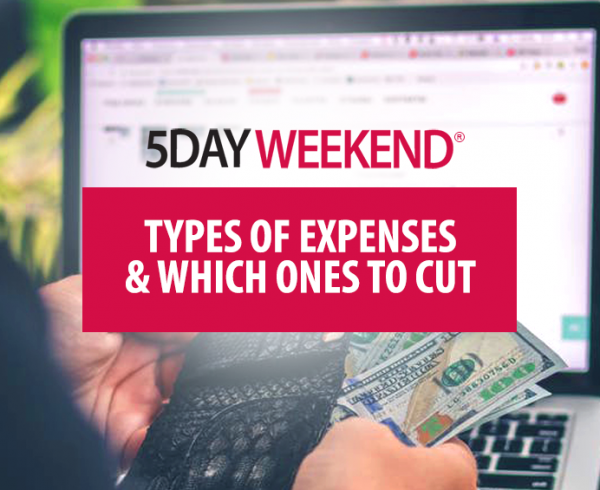As I mentioned in my last posts, once you start investing, your investments build over time, and you can shift your income from active to passive.
I use the term “Active Income Ratio” (A.I.R.) to describe the ratio of people’s earned income to their expenses.
Most people start out each month with a 0:1 ratio. This means that they have nothing with which to cover their monthly expenses until they earn money actively from a job. The objective is to get to a 1:1 ratio at the end of the month (enough money coming in to equal their expenses). In some cases, people don’t even reach that ratio and fall back on credit cards to make up the difference. Credit cards are now perceived as supplemental income. At a 1:1 ratio, 100% of your earning activities are spent trading time for money.

What you want to develop instead is a Passive Income Ratio (P.I.R.). This refers to the amount of passive income generated in relation to your expenses. A 1:1 P.I.R. means that you’re generating enough passive income to cover your monthly expenses. This is where you hit the fast track, because every dollar you earn actively isn’t required to live or provide your lifestyle. Therefore, you can invest earned dollars to build cash-flowing assets. This is where you gain an unfair advantage.
Your minimum goal is to get to a 2:1 ratio, generating twice the amount of passive income as you need to cover your monthly expenses. A 2:1 ratio provides a contingency of surplus funds. This is what I call “seatbelt investing.” So if your current monthly expenses are $5,000, you want to develop passive income streams that generate $10,000 per month (plus you’ll still probably have active income from either a job or your entrepreneurial activity, or both). Think of how much anxiety and stress levels you can alleviate by developing a 2:1 F.I.R ratio.
I achieved my 2:1 Passive Income Ratio when I was performing in a rock band. While still collecting money from royalties, merchandise, and touring revenue, I was also generating more than $11,000 per month from residential real estate with a portfolio of about 15 properties. I left the music industry after achieving my 2:1 P.I.R.
That 2:1 ratio gives you your exit strategy to leave your job. You don’t necessarily have to leave, but you at least have the option if you want. Or, you can keep the job and start investing 100% of your active income into passive income investments to continue scaling up your P.I.R.

Once you’re at a 2:1 ratio, you keep growing that to hit a progressively higher ratio. My definition of financial independence is having a 5:1 Passive Income Ratio, and I define sustainable financial wealth as having a 10:1 Passive Income Ratio. Assuming monthly expenses of $5,000, a 5:1 P.I.R equals $25,000 and a 10:1 P.I.R equals $50,000 in monthly passive income.
In my next post, I explore the notion of what I call the Passive Income Qualifier, which helps you determine whether a business venture or investment is active or passive, and by how much.
Secure your copy of the “5 Day Weekend” book. 5 Day Weekend: Freedom to Make Your Life and Work Rich with Purpose [Nik Halik & Garrett Gunderson]
















Leave a Comment